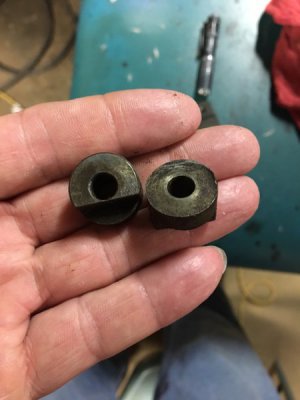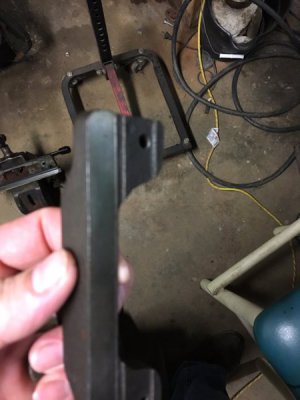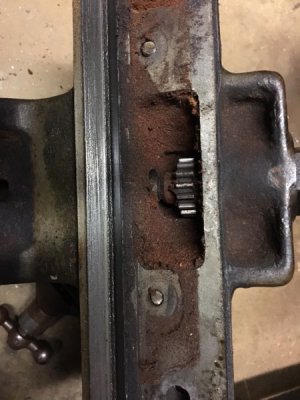I did have a lantern tool post. The picture is a bit deceiving, there is a worn area on the tip and it needs to be reground, but it wasnt cut with a negative rake intentionally. I tried several different tools all with the same effect, some home ground and some store bought, no real difference there. I will try to correct the issue with the front saddle gib when I get home and then will work on making sure the chuck is centered correctly. I am sure there are more things that will pop up, and correct me if I am wrong, but those are fairly major things that need to be corrected ASAP.What did you have for your old tool post? The second photo shows what appears to be a negative rake on the top surface. This will work with a lantern type tool post as they angle the cutting tool up so you would end up with a zero or negative rake. Aloris type QCTP presents the tool horizontally so typically, the top of the cutting tool will be parallel to the shank or ground to provide a positive rake. A negative rake is essentially a drag type cut or scraping. Increased forces associated with negative rake tooling will expose issues with machine and/or workpiece rigidity which will cause chatter.
Thanks again!
Jason




